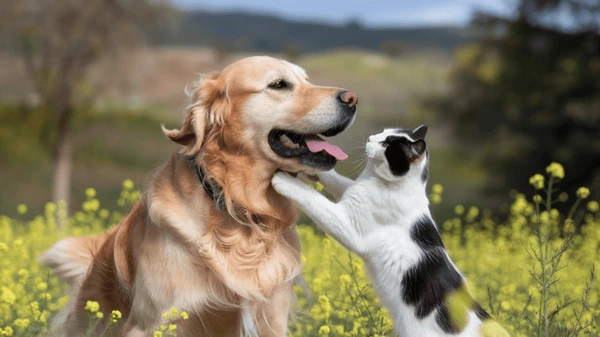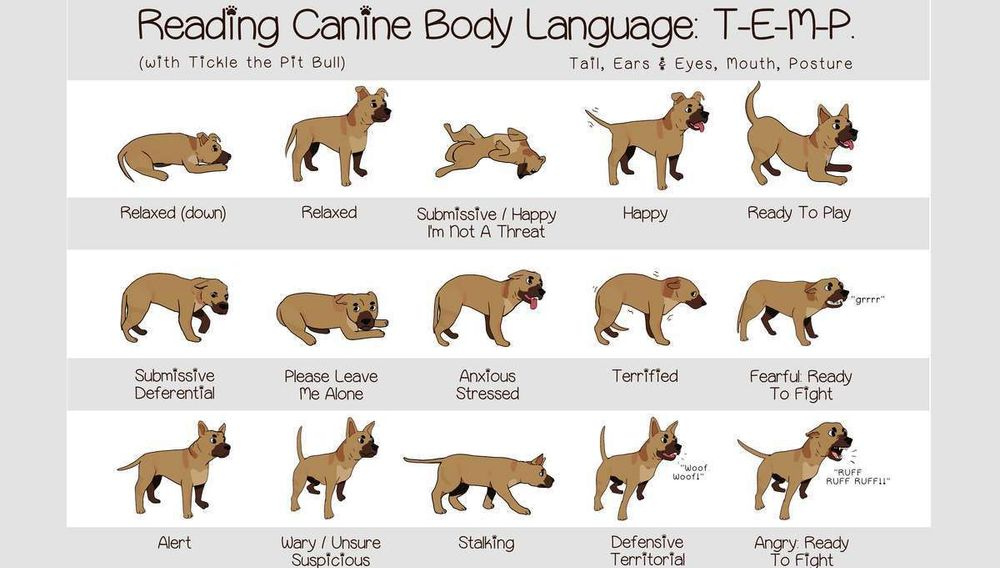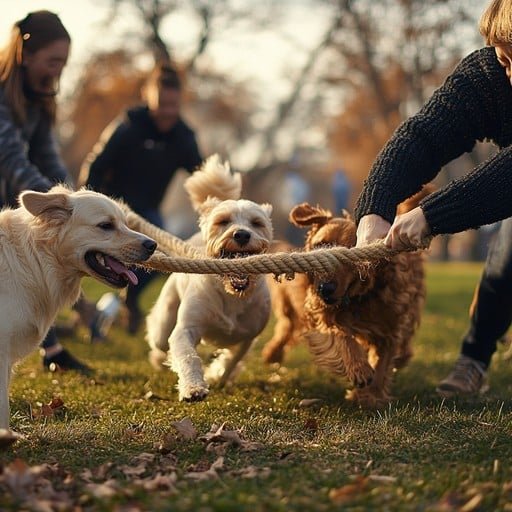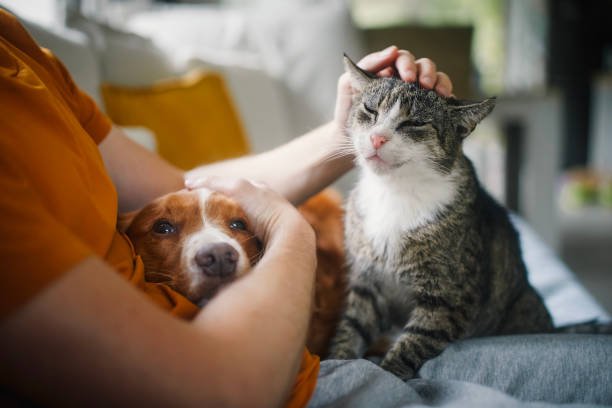
Introduction
Pets bring endless joy and companionship to our lives, but like humans, they experience a range of emotions. Understanding your pet’s behavior is key to ensuring their well-being. Recognizing the signs of stress and happiness allows you to respond appropriately, strengthening your bond and improving their quality of life.
Whether you’re a dog lover, cat enthusiast, bird owner, or care for exotic pets, this guide will help you decode your pet’s body language and behavior. Let’s explore how to spot signs of happiness and stress, and learn what you can do to support your furry, feathered, or scaled friend.
Why Understanding Pet Behavior Matters
Pets can’t tell us when they’re uncomfortable or unhappy in words, so they communicate through behavior. Unaddressed stress can lead to health problems and destructive habits, while recognizing happiness can help you nurture positive experiences.
By understanding behavior, you can:
- Identify early signs of illness or discomfort
- Improve training and socialization
- Create a safe, stimulating environment
- Strengthen your emotional connection

General Signs of a Happy Pet
Happy pets show behaviors that indicate comfort, trust, and contentment. Here are some universal signs across species:
- Relaxed body posture: Soft muscles, loose stance
- Playfulness: Engaging with toys, owners, or other pets
- Healthy appetite: Regular eating habits
- Vocalizations: Purring, chirping, gentle barks or meows
- Affection: Seeking petting, snuggling, or closeness
- Bright eyes and alertness: Showing interest in surroundings
Example: Happy Dog
Tail wagging in a wide, sweeping motion, relaxed mouth (slightly open with no tension), soft eyes, playful bows.
Example: Happy Cat
Slow blinking, kneading with paws, purring, relaxed whiskers and ears, lying on their side or back exposing belly.

Common Signs of Stress in Pets
Stress manifests differently based on species and individual temperament. Common signs include:
- Avoidance or hiding: Retreating to secluded spots
- Changes in appetite: Eating less or refusing food
- Excessive vocalization: Whining, howling, screeching
- Aggression or irritability: Growling, biting, scratching
- Restlessness or pacing: Unable to settle down
- Excessive grooming or scratching: Leading to bald spots or sores
- Panting or shaking: Especially in dogs
- Dilated pupils or flattened ears
Stress can be acute (short-term) or chronic, impacting your pet’s health if prolonged.

Understanding Stress and Happiness in Different Pets
Dogs
Happy dog signs:
- Wagging tail with relaxed body
- Playful behavior and engagement
- Soft eyes and ears in neutral position
Stress signs:
- Lip licking, yawning (calming signals)
- Panting when not hot
- Avoiding eye contact or cowering
- Tail tucked between legs
- Excessive barking or destructive chewing
Cats
Happy cat signs:
- Purring and kneading
- Slow blinking and relaxed body
- Sitting with tail wrapped gently around paws
Stress signs:
- Hiding or refusing to come out
- Aggression or sudden biting/scratching
- Overgrooming leading to hair loss
- Flattened ears, dilated pupils
- Decreased appetite or litter box changes
Birds
Happy bird signs:
- Singing, chirping, or mimicking sounds
- Preening feathers and head bobbing
- Active and curious behavior
Stress signs:
- Feather plucking
- Screaming or biting
- Loss of appetite
- Lethargy or puffed-up feathers
Small Mammals (Rabbits, Hamsters, Guinea Pigs)
Happy signs:
- Curious exploration
- Relaxed posture and grooming
- Vocalizations like purring (rabbits) or chirping
Stress signs:
- Hiding or freezing
- Aggression or biting
- Loss of appetite
- Overgrooming or self-mutilation
Reptiles
Happy signs:
- Active exploration during the day or night
- Healthy appetite
- Bright, alert eyes and smooth shedding
Stress signs:
- Glass surfing (repetitive pacing)
- Hiding excessively
- Loss of appetite
- Abnormal shedding or color changes

How to Reduce Stress and Promote Happiness
Create a Safe Environment
- Provide secure spaces to retreat
- Avoid loud noises and sudden changes
- Use calming pheromones or diffusers if appropriate
Regular Exercise and Play
- Engage your pet daily in activities suited to their species
- Use toys to stimulate mental and physical exercise
Consistent Routine
- Feed, walk, and play at regular times
- Predictability helps pets feel secure
Positive Reinforcement
- Reward good behavior with treats and affection
- Avoid punishment, which can increase stress
Socialization
- Introduce new people or animals slowly
- Respect your pet’s limits

When to Seek Help from a Professional
If your pet’s stress behaviors persist, worsen, or lead to self-harm, consult a veterinarian or animal behaviorist. They can rule out medical causes and design a behavior modification plan.
Signs you need professional help:
- Sudden aggression
- Repeated self-injury
- Severe anxiety or panic attacks
- Persistent refusal to eat or drink

Additional Tips for Monitoring Your Pet’s Emotional Health
- Keep a behavior diary to track changes
- Use video recordings to share with professionals
- Educate yourself on your specific pet’s breed or species traits
- Join community groups or forums for support and advice
Conclusion
Understanding your pet’s behavior is a lifelong learning process that rewards you with a deeper connection and happier companion. By recognizing the subtle and not-so-subtle signs of stress and happiness, you become your pet’s best advocate.
Remember, every pet is unique. Spend time observing, learning, and responding with patience and love.

